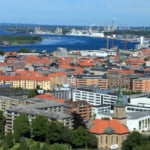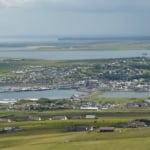Name: Nahanni National Park
Address: Northwest Territories, Canada
Official/Related Site URL: https://www.pc.gc.ca/en/pn-np/nt/nahanni
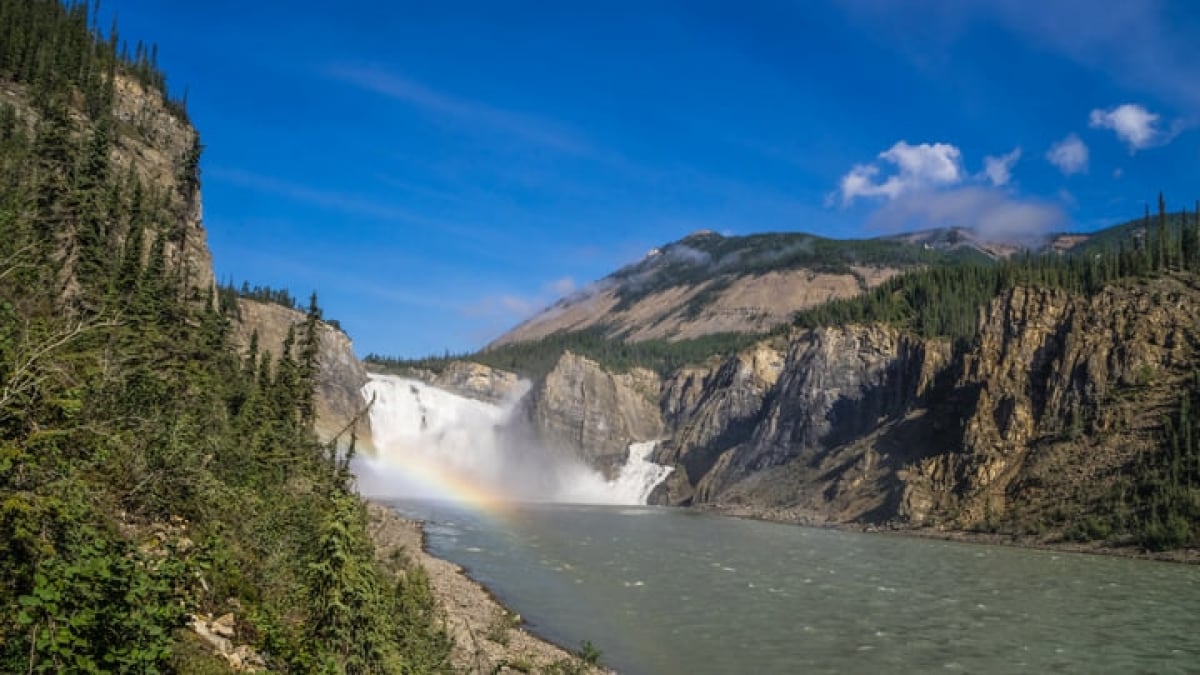
Experience the rumble of majestic waterfalls and the beauty of the aurora! Nahanni National Park, a World Heritage Site
The World Heritage Site "Nahanni National Park" is a popular tourist destination located in the Northwest Territories of Canada. Out of the total area of the Northwest Territories, approximately 4,766 square kilometers were designated as a national park in 1972. Due to its natural beauty and biological and geological significance, it was registered as a World Heritage Site in 1978.
The three territories in Canada are still home to many Indigenous peoples, and this Northwest Territory has been inhabited by the Dene people for about 10,000 years. Incidentally, the name "Nahanni National Park" also comes from the Dene word "Nahanni," which means "spirit."
This article will introduce the charm and highlights of Canada’s World Heritage Site, Nahanni National Park.
table of contents
[x] close
Experience the rumble of majestic waterfalls and the beauty of the aurora! Nahanni National Park, a World Heritage Site
1. What is "Nahanni National Park"?
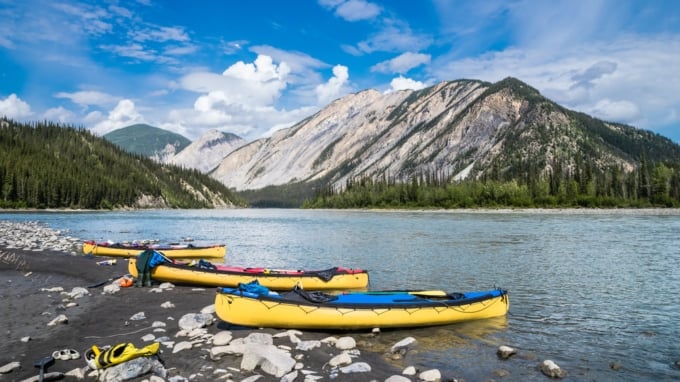
The Northwest Territories are home to many untamed regions where ancient nature remains intact. About half of the population are Indigenous peoples. The region is known for its long winters, and Yellowknife, famous as a town of auroras, is the capital. Located in such a region is the World Heritage Site "Nahanni National Park," also known as "Canada’s Hidden Paradise" or "The Last Sanctuary of Wildlife."
Centered around the South Nahanni River, Nahanni National Park boasts numerous attractions including the 90-meter-tall Virginia Falls, river canoeing, aurora viewing, hiking beside beautiful blue lakes, experiencing Indigenous cultures, and scenic flights offering aerial views. It’s the perfect destination for enjoying a wide range of outdoor activities.
Within the park, there are sulfur-rich hot springs, including Canada’s largest, the Rabbitkettle Hot Springs. Thanks to these geothermal features, lush green vegetation thrives even in this tundra region. True to its nickname, “the last sanctuary of wildlife,” the park is home to rare animals like grizzly bears, moose, wolves, and woodland caribou. Visitors can also enjoy wildlife observation tours via motorboat within the park.
2. How to Get to "Nahanni National Park"
What sets Nahanni National Park apart from other World Heritage Sites is that it’s inaccessible by rental car or public transportation. The only way to reach it is via small seaplane from Fort Simpson. Additionally, since the park has only one lodging facility, it is recommended to visit as part of a tour rather than individually.
If traveling, you’ll first fly to Yellowknife via Vancouver. Fort Simpson is about 630 km from Yellowknife and is accessible either by domestic flight or rental car. While the flight takes about an hour, it can be relatively expensive. On the other hand, the drive takes about 8 hours, but is secretly popular due to the scenic drive through the wilderness.
From Fort Simpson, take a seaplane into the park. You’ll enjoy aerial views of the South Nahanni River’s canyon before landing near Virginia Falls. From there, you can hike to the waterfall or to the lodge located on the shore of Glacier Lake.
3. Highlights of "Nahanni National Park"
◆ Thrilling Outdoors at the Falls and Lakes
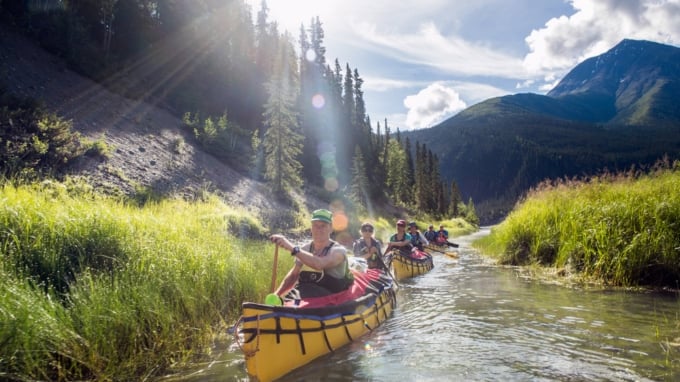
Among the many activities, a campfire near Virginia Falls—an iconic symbol of Nahanni National Park—is especially recommended. This waterfall, with twice the drop of Niagara Falls, is an absolute must-see. As you approach, the ground-shaking roar of the falls can be felt throughout your body, and everyone is sure to be overwhelmed by its power.
You can find the perfect photo spot, soak in the refreshing negative ions, and relax while gazing at the grand waterfall—an ideal way to escape everyday life.
Another highlight is hiking around Rabbitkettle Lake. At Rabbitkettle Hot Springs, you can see one of Canada’s largest limestone formations, created approximately 10,000 years ago. Enjoy the view of the diverse ecosystem born from this unique terrain and soak in the hot springs—especially enchanting under a starry sky.
◆ A Variety of Hiking Courses
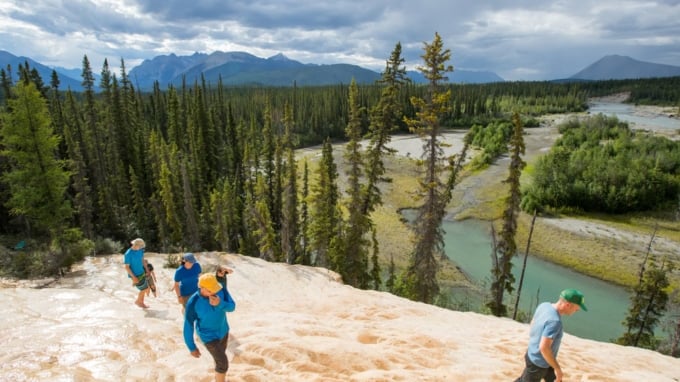
The park and its surrounding areas are full of hiking courses suitable for casual visitors, most of which are accessible by boat. However, since some paths are completely unpaved, it’s best to consult a guide and choose a course that suits your ability.
“Secret Lake” is an area with clusters of small lakes. There are two hiking routes to this spot: a 6 km one-way course from the highlands in the northwest, and a 10 km route along a gravelly riverbank. If you choose the 4 km trail to “Prairie Creek,” where bears often come to forage, be extra cautious not to disturb the natural environment, and always follow your guide’s instructions.
Other courses include the 8 km Sunblood Mountain trail leading through forest to a mountaintop, the 4 km adventurous Marengon Falls course that requires maps and a compass, and the 8 km Scow Creek trail, where you walk and climb along the water’s edge.
For those who want longer hikes, the 15 km Lamb Creek trail or the 10 km Dry Canyon Creek trail are great choices. Consider the scenery you want to see and the level of difficulty to ensure you fully enjoy Nahanni National Park without regrets.
◆ Aurora Viewing
When it comes to aurora viewing in Canada, Yellowknife and Whitehorse are the go-to destinations. Among them, Yellowknife is especially renowned worldwide for its high aurora visibility and the phenomenon called “break-up.”
Located directly beneath the same aurora belt as Yellowknife, Nahanni National Park also offers opportunities to see the aurora. The best time is during the winter months from December to February. Although temperatures can drop close to -40°C at night—requiring thorough winter gear—the clarity of the winter sky offers ideal conditions.
With no light except for a single lodge, Nahanni National Park provides perfect darkness for aurora viewing—something only possible in such a remote place. For those sensitive to the cold, the summer months of August to September are also an option, though aurora visibility is lower compared to winter.
◎ Summary
At night, Nahanni National Park is pitch black. The only lights are the stars, the moon, and the occasional aurora, creating a romantic atmosphere. However, it’s important to note that the park is home to many wild animals, and in bad weather, the seaplane to Fort Simpson may be grounded—making it, in a sense, a “life-risking adventure.”
But this very environment is what makes Nahanni National Park so appealing, and why it’s known as “Canada’s Hidden Paradise.” It’s a highly recommended World Heritage Site not only for those interested in nature and geology, but also for those who want to refresh themselves in true wilderness.
RELATED ARTICLES
REGIONS
CATEGORIES
FEATURED ON Canada
-
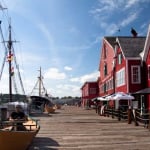
The colorful houses are so cute! Old Town Lunenburg, a UNESCO World Heritage Site in Canada
-
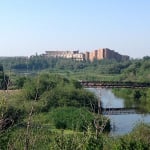
Surrounded by Nature: Recommended Tourist Spots in Peaceful Grande Prairie!
-

The Hidden Gem of Canada: 6 Must-Visit Tourist Spots in the Enchanting Magdalen Islands
-
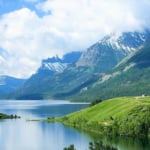
Waterton-Glacier International Peace Park, a World Heritage Site in Canada!
-
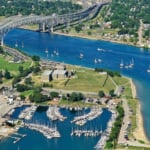
An artistic city, Sarnia! 4 recommended tourist spots
MOST POPULAR ON Canada
-
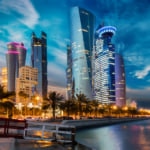 1
1Doha: Must-see Attractions in the Capital of Qatar
-
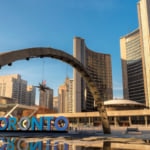 2
2Toronto: 10 Things to do in this Picturesque Canadian City
-
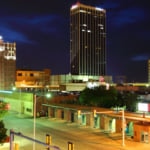 3
3Amarillo: A City Famous for It’s Amazing Canyons, Great History and Music
-
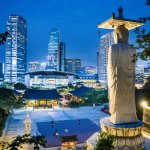 4
4South Korea: Dazzling Scenery, Rich Culture and Fascinating History
-
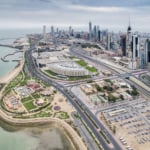 5
5Kuwait: A Country in Middle East Asia Famous for Hot Sand Dunes and Stunning Cityscape

